INTRODUCTION
Dredged material is processed according to the Level 1 Archaeological Monitoring protocol outlined in the draft Cultural Resource Monitoring Plan (revised September 2020). This protocol calls for dredged soft sediments to be placed directly into barges, floated to the processing facility, and screened over bars on a vibrating platform. Items removed during the vibratory screening process are then sorted by trained personnel as per the draft Cultural Resource Monitoring Plan. Items of potential interest (possible artifacts or objects of local interests) are placed in a separate stockpile and photographed for archaeologists to review. These items are then placed in a holding area for archaeologists to inspect. To date, the vast majority of the recovered items consisted of modern debris and timbers.
RESULTS
An archaeologist conducted a scheduled visit at the dredge material processing facility on 1/8/21 to review the recovered items in person with the assistance of a dredge material processing facility machine and operator to sort through stockpiled items. Photographs were taken of stockpiled items.
The archaeologist reviewed photographs of items recovered from the dredge material processing facility sediment screening on 1/5/21 and 1/7/21 prior to the site visit. The recovered items were spread by machine on a flat hard surface to allow for an archaeologist to clearly review them (Photographs 1 through 14). Any item of potential interest was separated, rinsed and assessed. The majority of the material reviewed consisted of small milled lumber and plywood (Photograph 1). The other items reviewed consisted of modern debris, including car engines (Photograph 2), tires and large concrete blocks (Photograph 3) and larger timbers (Photograph 4). In addition, several cars of modern vintage that arrived on site in December were reviewed (Photographs 5 & 6) as well as two cars that arrived on site recently (Photographs 7 & 8). A large quantity of timber pilings that were separated from the other material prior to the site visit were also reviewed (Photograph 9). Three items were recommended for retention; A small cast iron stove (Photographs 10 & 11), a piece of unidentified machinery or motor (Photograph 12) and a large piece of curved timber (Photographs 13). All three items were rinsed and put inside the storage area (Photographs 14). The stove has a rope tied around it suggesting it was used as an anchor of some kind.
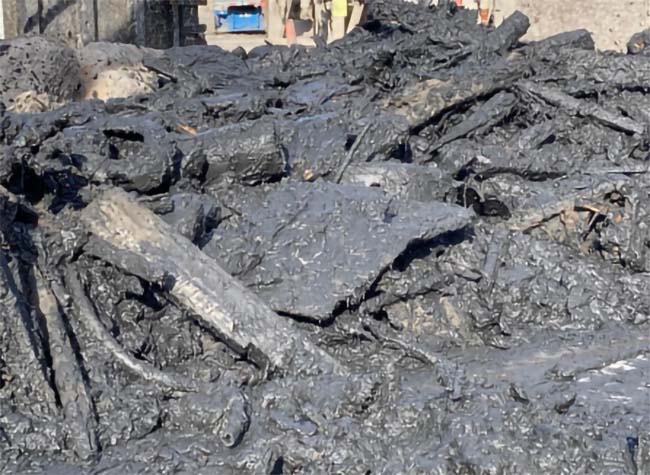
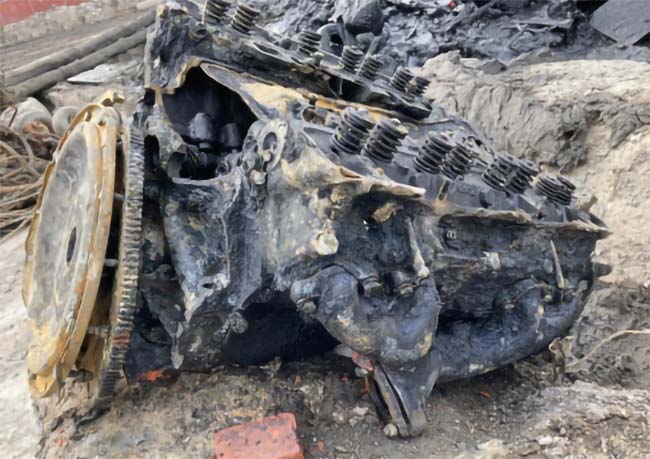
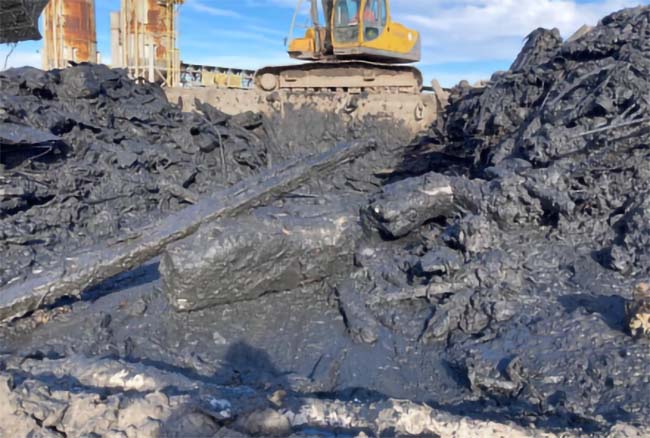
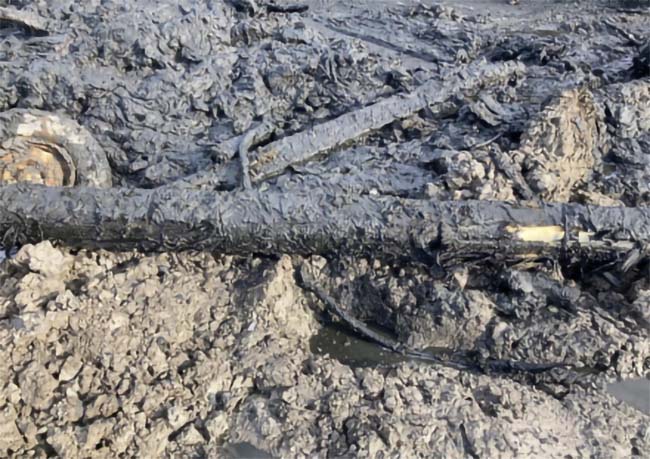



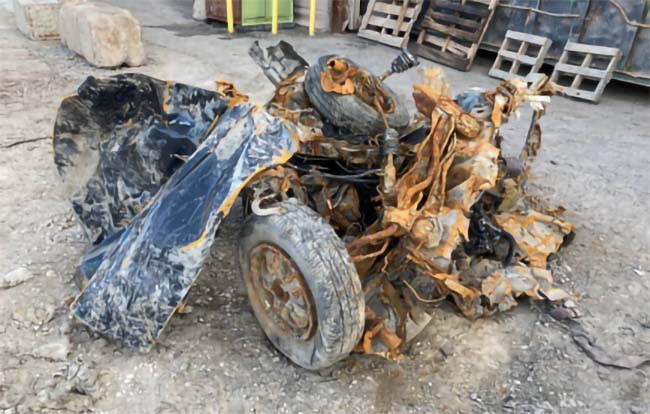


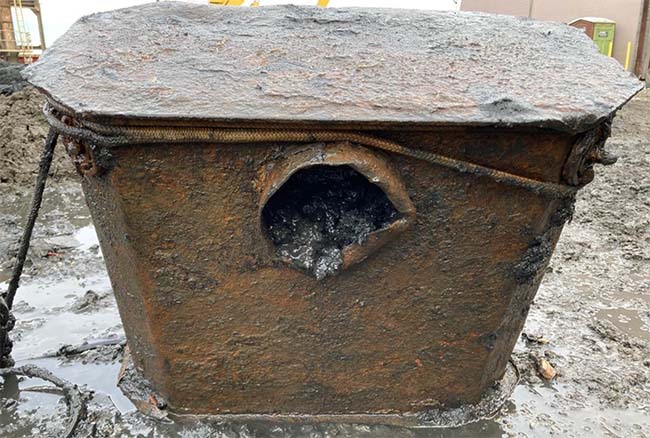
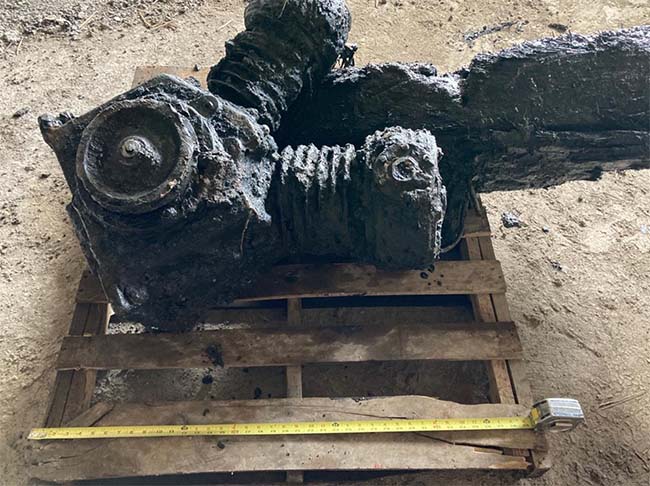


ITEMS SEPARATED FOR FURTHER REVIEW
During this visit to the dredge material processing facility, the archaeologist preliminarily identified three items of interest from the screening of Level 1 dredged debris to be retained for further analysis. The piece of wood recovered on December 18th that was to be documented was not present in the stockpile area and therefore, no further documentation could be conducted.
CONCLUSIONS AND RECOMMENDATIONS
The archaeologist concludes that three items recovered during the sediment screening at the dredge material processing facility may retain historic/archaeological significance. Therefore, the archaeologist recommends that the stove, motor and curved wood be retained for further analysis and possible documentation. Figure 1 and Figure 2 indicate the approximate areas that were dredged. Per the draft Cultural Resource Monitoring Plan, the archaeologist further recommends that all the non-historic/archeologically significant debris that has been reviewed by the archaeologist as of 1/8/2021 may be disposed of.
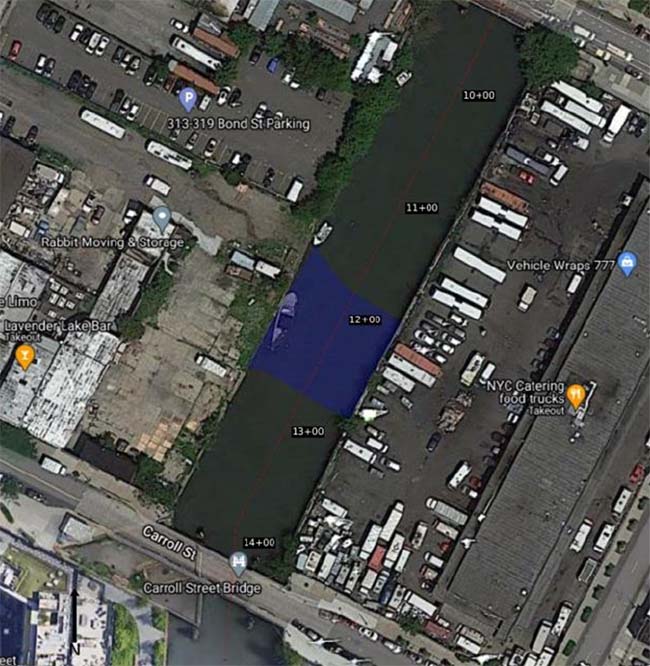
Dredging was not conducted on December 21, 22, or 25, 2020.
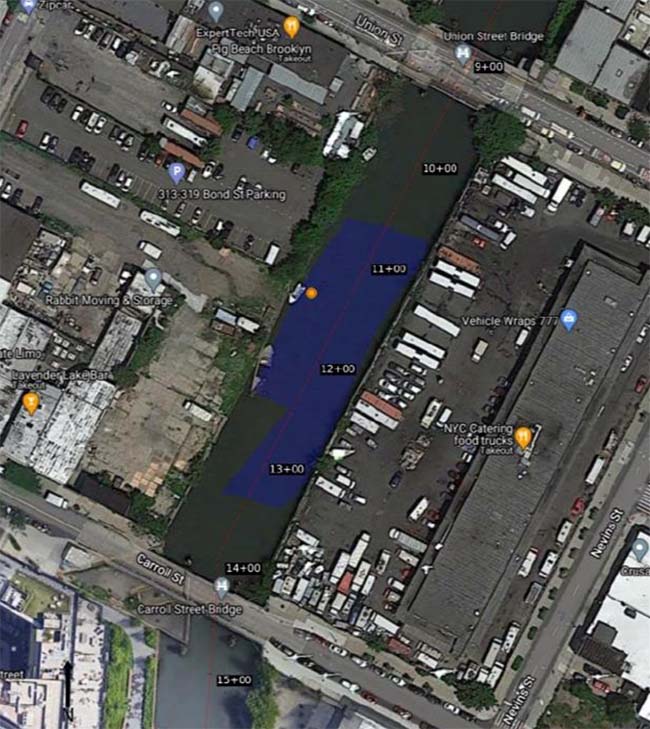
Dredging was not conducted January 1, 2021.

Dredging was not conducted January 8, 2021.
